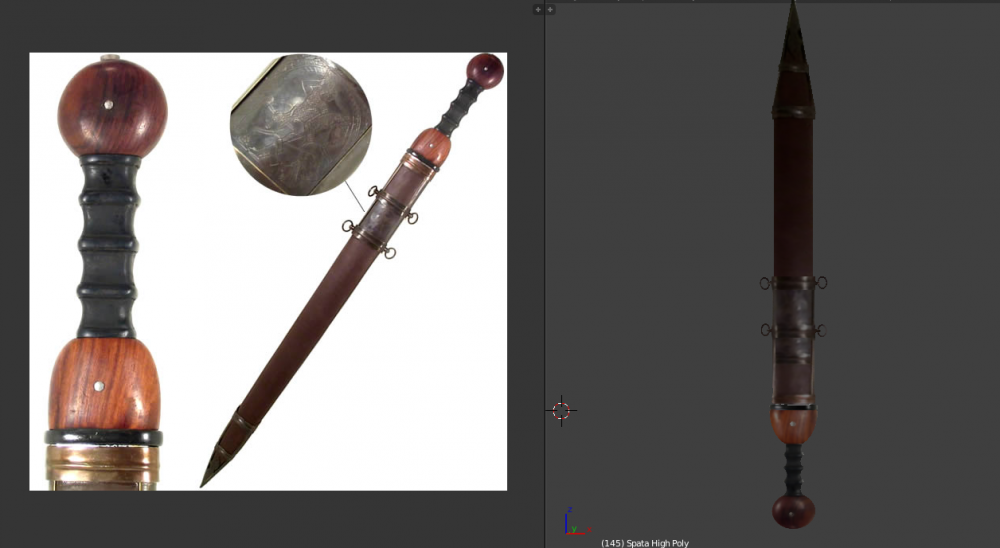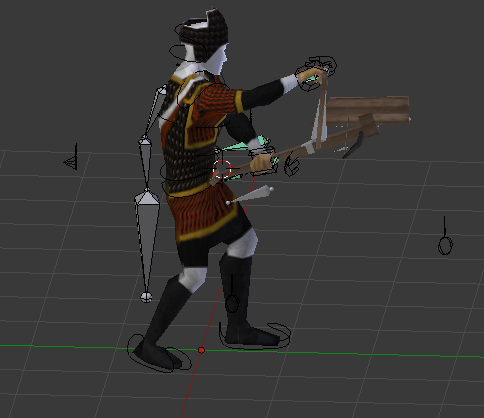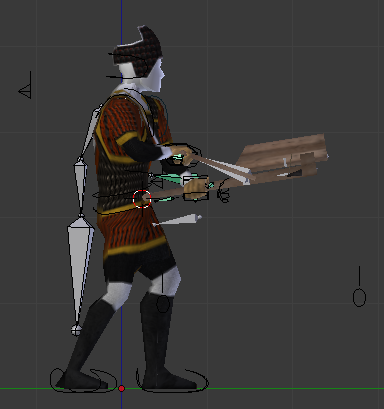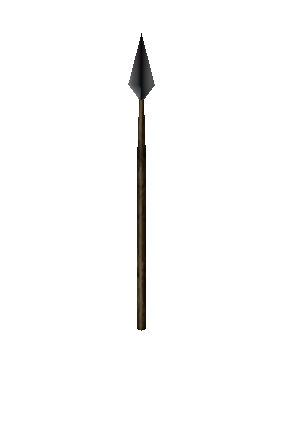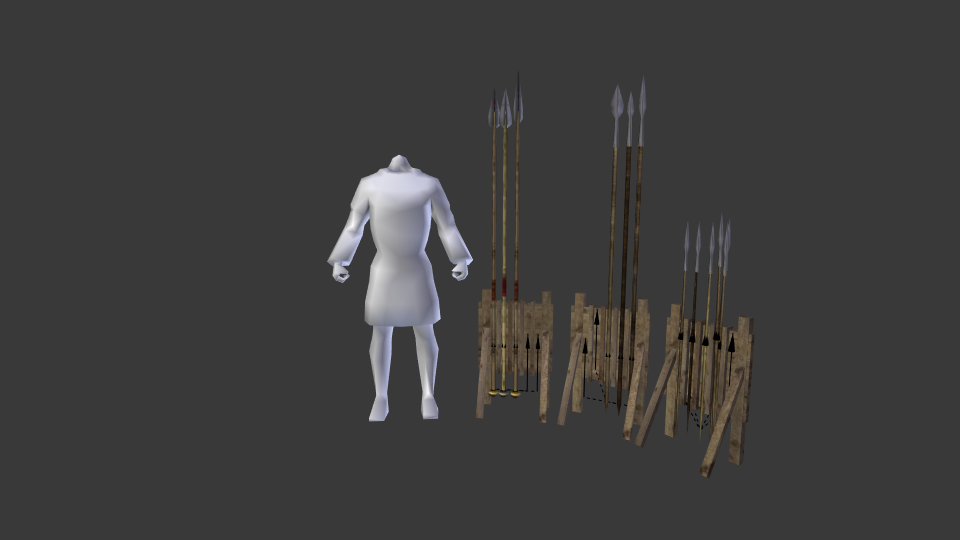Search the Community
Showing results for tags 'weapons'.
-
The warfare The Aztec armies had a high level of organization and ordering for combat. The men were divided into squadrons of 200 to 400 warriors commanded by a captain, who wore a large flag on his back to be able to distinguish himself on the battlefield. The chief of the state was the tlatoani, and almost at his level was the cihuacoatl who shared with him the tasks of government. The tlacochcálcatl and the tlacatéccatl were great generals, whose functions included advising the tlatoani on matters of government and declarations of war, presiding over military tribunals, governing the garrisons that the empire established in border areas, and, of course, leading and directing Military campaigns There is much difficulty in clearly discerning the chain of command in the Aztec army. Good (2009a) considers that: The Tlacochcálcatl had greater responsibility, since he guarded the armory and, furthermore, after the victory against the Tepanecas, when the Aztecs distributed dignities and rewards, Tlacaelel was granted this appointment and Moctezuma Ilhuicamina the one of tlacatéccatl, and it is known that at that time Tlacaelel had more political weight than Moctezuma I in the government of Itzcoatl. It is even possible that just as in the government the tlatoani and the cihuacoatl were almost equal, there are those who speak of even government, perhaps that dual reflex was also repeated in the military sphere, with the charges of tlacochcálcatl and tlacatéccatl. (P.14) The declaration of war corresponded to the ruler or tlatoani, who, having met with his Council, sent messengers to the target province to warn of their hostile intentions. This one had two options: to remain under the Mexica orbit without fighting and accepting, through the diplomatic channel, the imposition of the tribute or to collect the glove and to fight. In this case the tlatoani made a public appeal to the neighborhoods or calpulli that had their squadrons ready for battle (Bueno, 2009b, 186). Uniforms and Orders The generic name for the costume they wore in battle was tlahuiztli. When ascending on merit, they were allowed to use in the battle a ichcahuipilli or cotton armor and a ponytail with a tuft collected on the crown. This protective garment had the great advantage of being lightweight, which allowed for greater mobility in combat while protecting the warrior from a good part of projectiles, arrows and contusion weapons (Cervera, 2008) The ordinances dictated by Moctezuma I established the distinction of the combatants by the use of costumes, badges, emblems, arms and hairstyles corresponding to certain type of warrior. These divisions could respond to different degrees, tactical units, or even ethnic affiliation. The costumes of the nobles were elaborated with expensive and exclusive materials that the commoners could not use, mainly feathers. Violating these standards was punishable by death (Bueno, 2012). Within the hierarchical Mexican military structure, there were diverse classifications that reflected to a great extent the social status of the combatants from their origin and the merits that they had obtained in the battles. Each military order had a particular garment that referred to attributes and symbols of certain gods, and in many cases were based on representative totemic animals that conferred their qualities to the warriors. These suits were placed on top of the cotton armor which, along with the impressive plumes of feathers over their heads, gave them a formidable image in front of the enemy. Among the most important orders are the eagle or cuautli warriors; The jaguar or ocelotl warriors; Coyotes, otomies, among others. They enjoyed tax breaks and other privileges (Bueno, 2009a, pp. 17-18). Among the nobles were also the priests who, instructed in the calmecac, formed an important part of the imperial troops. They led the army, bearing the images of the protective gods, but not only were they limited to that, but they fought in battles and ascended the ladder by demonstrating their skill in combat, although apparently they needed more merits than the rest Of the noble warriors to obtain the same degrees. They were also responsible for "seizing" the gods of the vanquished peoples, to locate them in the temple that had been built in Tenochtitlan for this purpose (Bueno, 2009a, p.15).
-
Hi, Currently i'm working on giving some units a secondary attack in my mod. It's making progress, but realism is of great importance for me. So i'm wondering if historians on this forum would like to help providing references on what extra weapon(s) these soldiers would have had in their kit for that civilization. All units are open for discussion but the units that have priority would be the following: Javelineers (both cavalry and infantry) Slingers Archers (both cavalry and infantry) I'm also looking for references on how much ammo ranged soldiers would carry with them. Currently i have it like this: Javelineer 5, Archers 24, Slingers 50. Thanks in advance
-
@stanislas69 you know how to make textures and normals with blender using high poly's to low poly meshes? i've made this high poly roman spata following the reference image desing.
-
Who will get this weapon and why ? What will be his purpose on the civilization ? How they should shoot if the weapon is called repeating crossbow but 0 A.D only has 1 animation type for ranged attacks and reloading.
-

.thumb.png.ce58cea22940c255f5b0a735d5abee36.png)

.thumb.png.f3f47d08fd1bf1063ea4b371390681b4.png)


